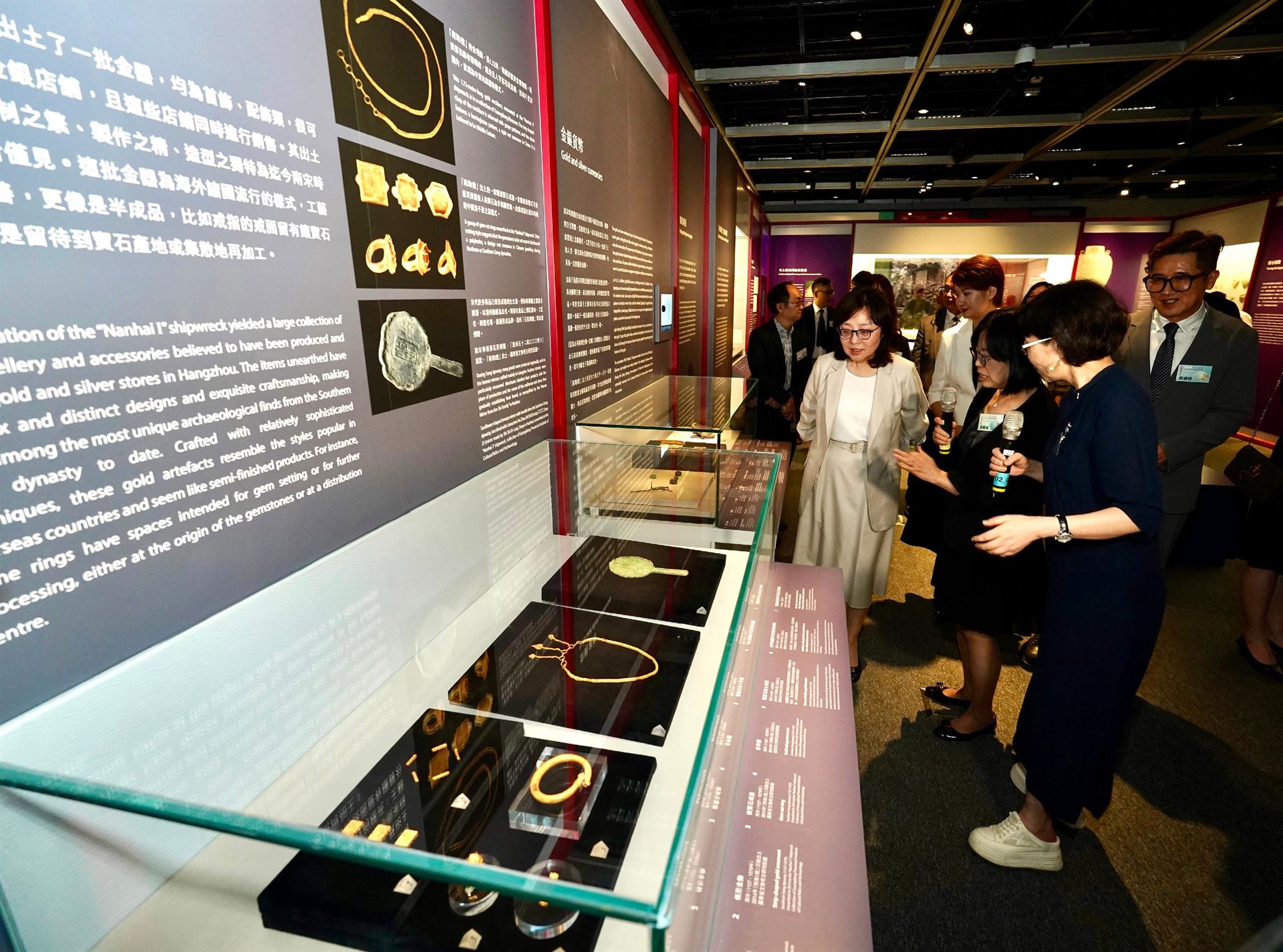
HONG KONG - In a ship-themed exhibition hall in Tsim Sha Tsui of Hong Kong, cultural relics from the Song Dynasty (960-1279) were shining in the glass cases, telling the mysterious story of the ancient merchant ship Nanhai I.
The exhibition Launch from Greater Bay Area: Nanhai I Shipwreck & the Maritime Silk Road, co-organized by the Development Bureau of the Hong Kong Special Administrative Region government, the National Cultural Heritage Administration, and the Office of the Secretary for Social Affairs and Culture of the Government of the Macao Special Administrative Region, opened at the Hong Kong Heritage Discovery Center in Tsim Sha Tsui on Aug 16, 2024.
ALSO READ: Chronicles of a road retold
As of the end of December 2024, it had attracted over 50,000 visitors, at home and overseas.
Nanhai I is the most complete ancient merchant ship discovered so far. After being salvaged in 2007, over 180,000 cultural relics have come to light.
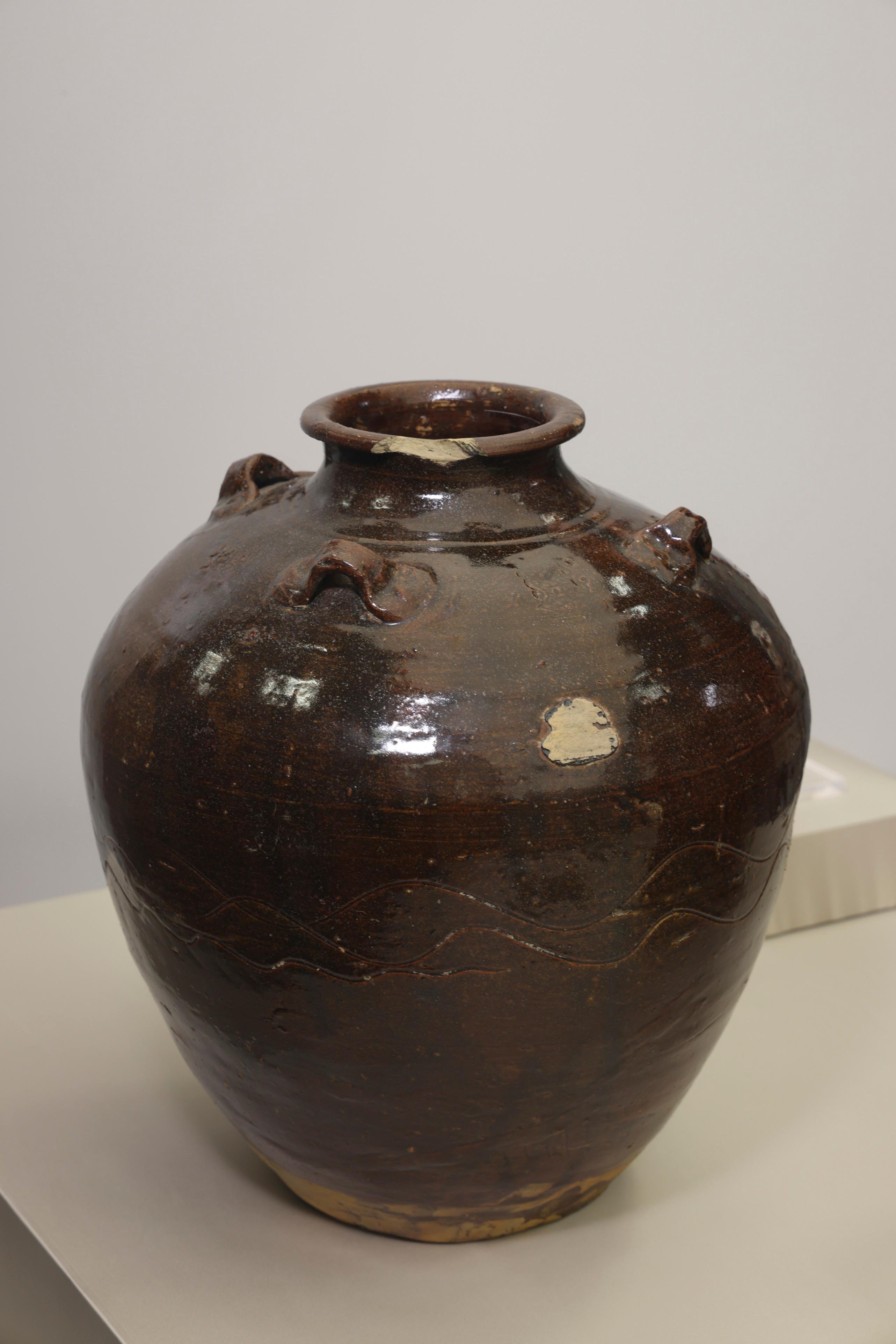
Among the 255 exhibits, the "Kwangtung jars" mainly used for holding fine wine have become the highlight of this exhibition, as they revealed Hong Kong's indispensable role in the historical development of the Maritime Silk Road since the Song Dynasty.
"Isn't the mystery the most fascinating part?" said Lee Hiu Wai, the assistant curator at the Hong Kong Heritage Discovery Center, adding that various speculations about this "star ship" kept people exploring.
READ MORE: Tale of three cities
After extensive research, Lee found that the wine-related inscriptions on the shards unearthed at the Sacred Hill site in Sung Wong Toi, Hong Kong's Kowloon City, were very similar to the jars on the Nanhai I.
"It's really exciting to see these similarities. They are related," Lee said, adding that it indicated Hong Kong was once a transit point on the Maritime Silk Road and participated in this great trade.
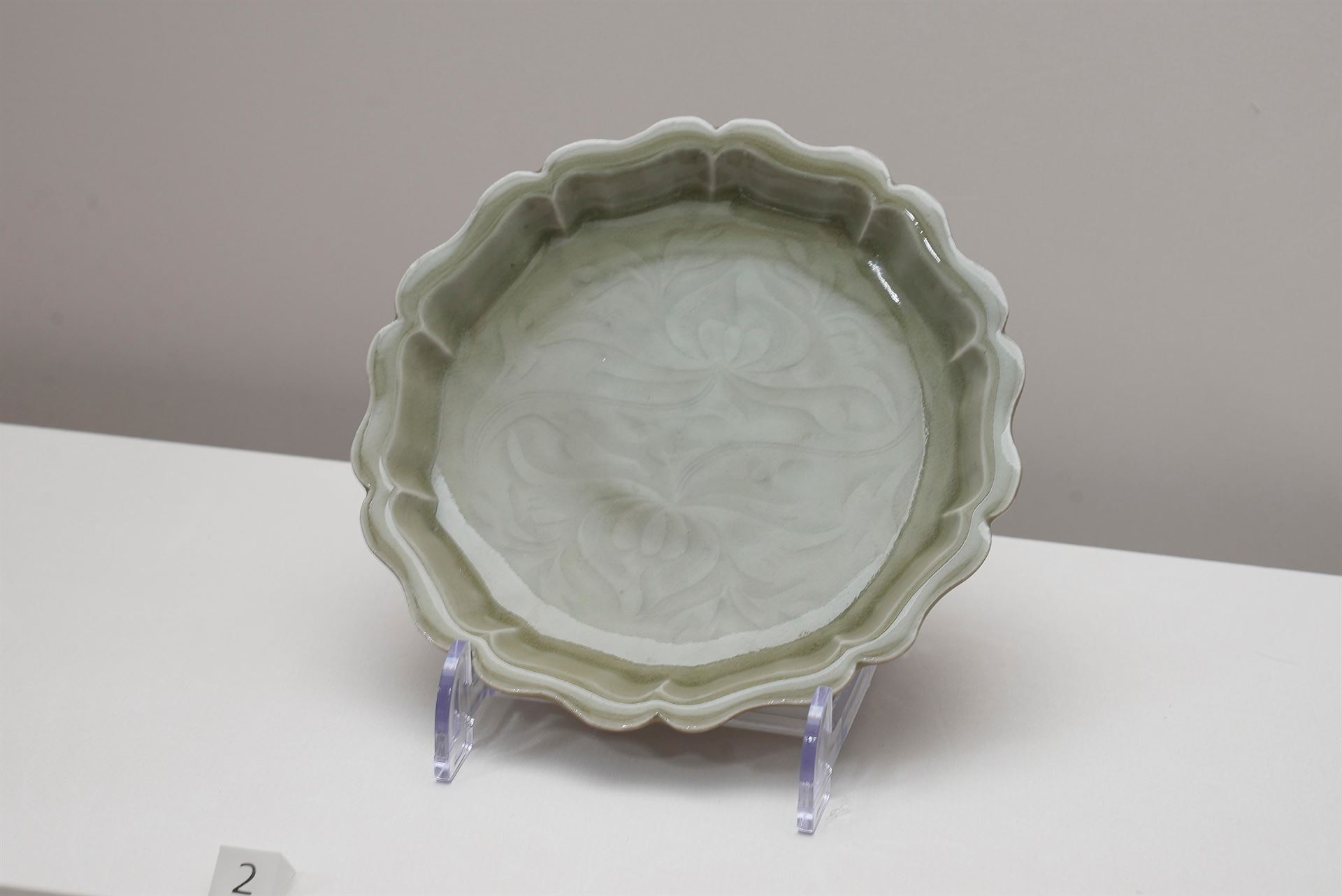
Mainly produced in south China, "Kwangtung jars" have been used in maritime trade since the Tang (618-907) and Song dynasties, entering overseas markets such as Southeast Asia, East Asia, and Africa.
According to the exhibition guide, since the Qin Dynasty (221 BC-207 BC) and Han Dynasty (202 BC-AD 220), a multi-level trade port system centered on Guangzhou (now the capital city of southern China's Guangdong province) Port with Hong Kong and Macao as transfer stations gradually took shape.
READ MORE: Tapestry of cultural connections
The exhibition provided new perspectives for studying and showcasing the history of maritime trade, allowing visitors to learn about the shared heritage and cultural connections of Guangdong, Hong Kong, and Macao, said Bernadette Linn Hon-ho, secretary for Development of the HKSAR government, at the opening ceremony of the exhibition.
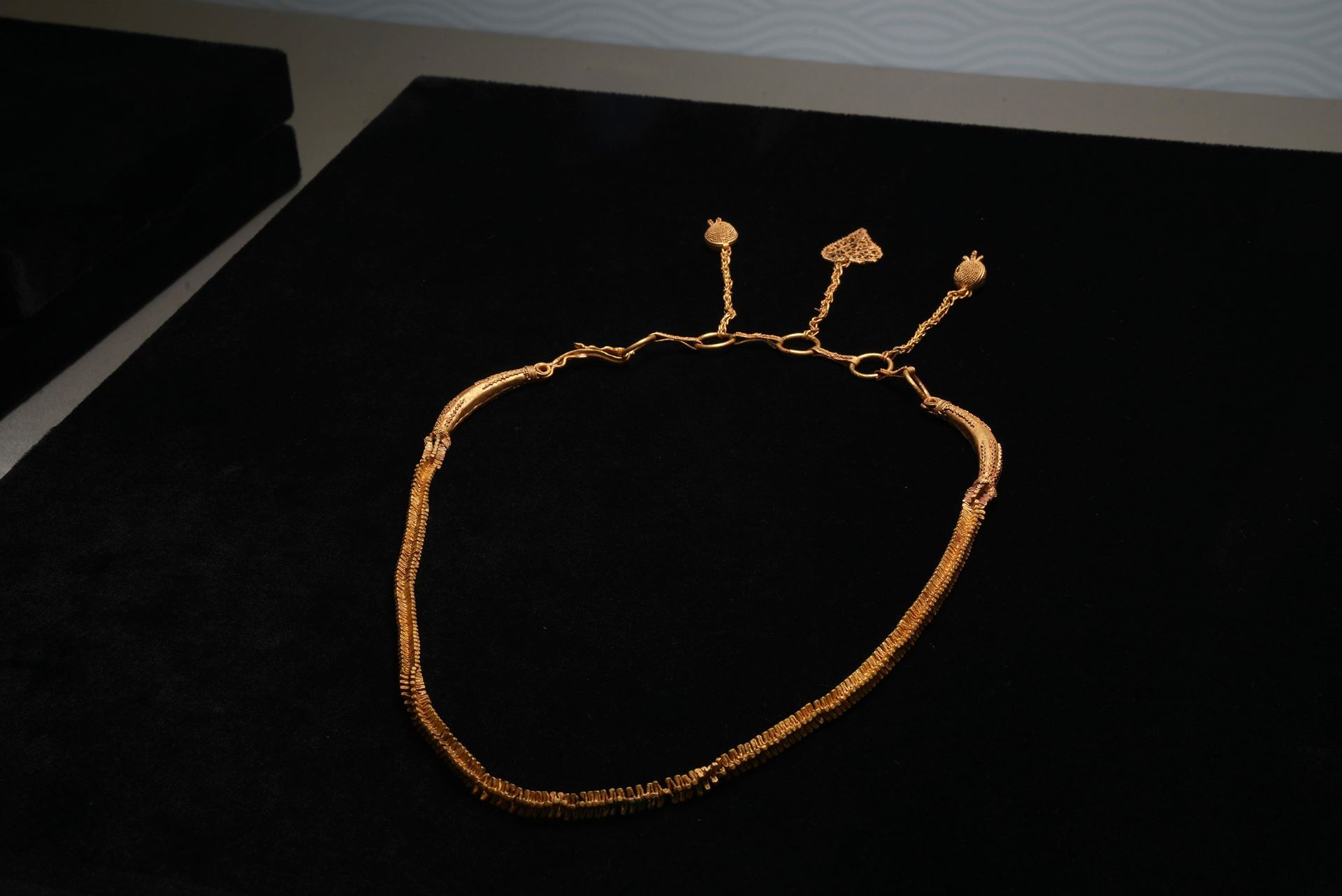
The exhibition and its docent services are offered to the public free of charge. Local and foreign visitors examined the relics with great enthusiasm and listened carefully to the docent's narration. They showed particular interest in the intricate process and challenges resolved over a decade ago to salvage the hull of Nanhai I.
A large number of historical relics were unearthed from Nanhai I, mainly including porcelain, copper and iron wares, gold and silver wares, and lacquerware. Experts had to observe the patterns carefully and consider which side to display.
READ MORE: HK cinema is back
"The assistance of the mainland partner was very helpful," Lee said. The Nanyue King Museum in Guangzhou, which had previously held an exhibition featuring Nanhai I, provided valuable suggestions to the Hong Kong curatorial team.
"Big jars are too heavy, but I can hold the small pottery shards in my hand," Lee smiled and spread her palm when talking about the transportation process, "It's like holding a part of history in my hand."
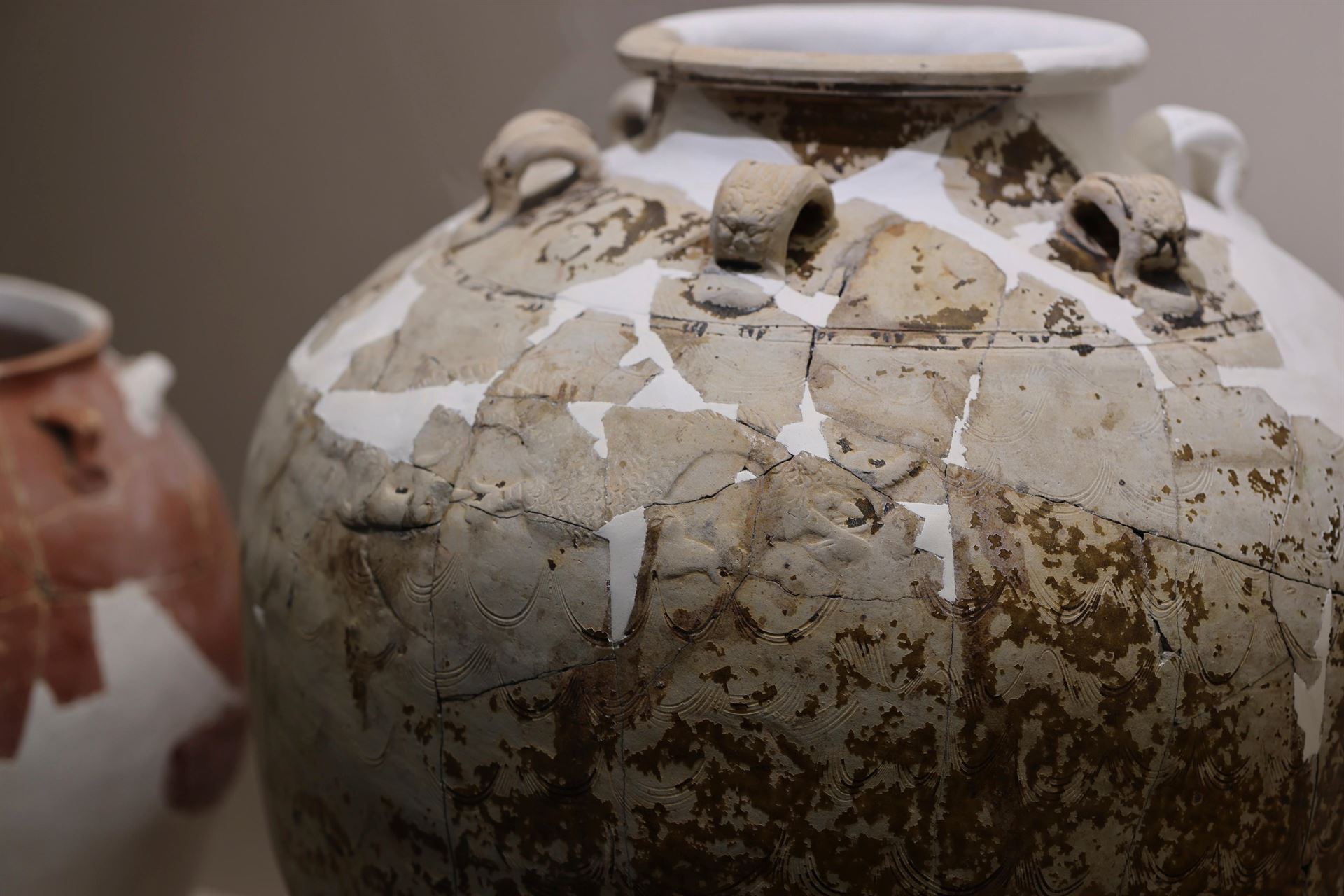
Lee has been engaged in cultural relics protection since graduating from archaeology. She believed on-site visits can help to cultivate people's interest in archaeology and history, especially young people.
Bringing history to life was also the aim of the exhibitions. In addition to detailed textual descriptions, the curators have also designed several "logbooks," simulating the sailors' tone when they were tallying the supplies on board, thus telling their lives at that time.
An electronic timeline in the multimedia device displayed in the exhibition interactively revealed the time of the shipwreck. According to the archaeologists, Nanhai I probably sank in the waterway from Guangdong to the South China Sea in the 10th year of the Chunxi period (1183) of the Southern Song Dynasty (1127-1279) or soon after.
Lee believed that by exploring the past, one can understand the present. Through the exhibition, which will run until Feb 12, she hoped to recreate the flourishing history of the Greater Bay Area and showcase the courage of people who have explored the ocean over thousands of years.


